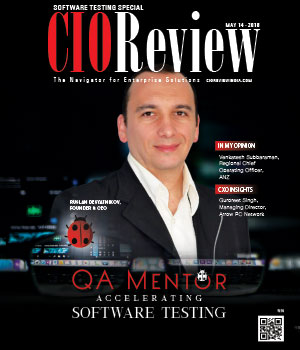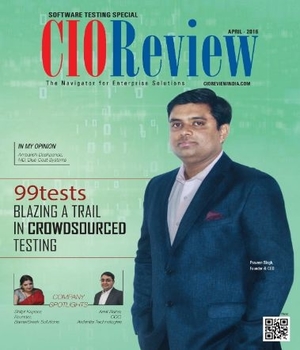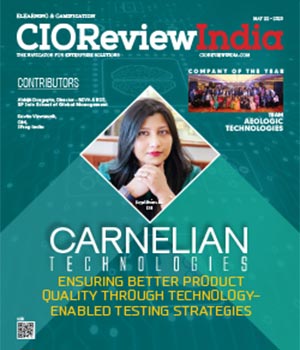
Integrating cloud capability to provide reliability, authentication, and messaging infrastructure
CIOReview Team | Monday, 01 June 2015, 10:08 IST
In being a public university, we look for investments in IT infrastructure that we believe will definitely be of value. Of the key parameters I look at the future flexibility that an investment helps us achieve. Infrastructure that will allow us to pursue multiple possible future scenarios can be most valuable. A few examples are wireless networking and server virtualization. For wireless networking, we've widely deployed Wi-Fi on our campus locations. While it unclear how this Wi- FI infrastructure will ultimately be used in all scenarios, it was clear that we would increasing use it. So, we've been investing for years to make Wi-Fi pervasive. We've also invested in onboarding technologies that make it easier for devices to securely connect to our network and need to support much higher device densities on the order of two per student. So far, it's been mostly a convenience for our students, faculty, and staff but it is now becoming an infrastructure for collaboration and classroom interactions. We also were able to work with a cellular carrier to provide pervasive 4G LTE coverage on our main campus. 4G coverage gives us other options and an additional data network that we can use. For server virtualization, it frees us from the physical server infrastructure and gives us many options for building in fail-over servers and additional options for disaster recovery scenarios. An additional area where we have to invest is in bandwidth to the Internet. Most of the traffic from these devices goes to Internet destinations. Furthermore, many of our application and content providers are hosted on the Internet. So, we've invested what we could afford in ISP bandwidth and are now moving to a switched metro-ethernet based wide area network Technology Trends Impacting The Education Sector Mobile devices and cloud-based services are clear trends that are affecting the services we deliver to the University. We take the position that we need to support students’ mobile devices. Part of our drive comes from the fact that all of our students commute—and, bring their own devices. We are moving to deliver software access and IT services to those student devices. We are using virtual desktop infrastructure and application publishing technologies to move down this road. We are targeting delivering personalized access to applications (such as based on major, courses taken, role, etc.) no matter where students may be. Software vendors are incenting us to move to this model, but each vendor is currently doing it differently. Some are more like traditional Application Service Providers, others using SaaS, and others building their offerings on IaaS providers like Amazon. The challenge we have is providing a seamless and reliable service with differing contracts and technical infrastructures.
CIO Viewpoint
Big Data and the Big Opportunities
By Bipin Kumar, Head - IT & Projection at Cinèpolis India
By Vineet Bhardwaj, Head IT, Godrej Properties Limited
How Ai Can Drive Socio-Economic Transformation
By Sourabh Tiwari, CIO, Overseas Infrastructure Alliance (India) Pvt. Ltd
CXO Insights
Redefining Ransomware Protection with Cyber...
By Richa Singh
Five Trends In The Role Of Regulators In...
By Jaya Vaidhyanathan, President, Bahwan CyberTek
Testing Is Now More About Defect Prevention...


.jpg)







